Title and statement of responsibility area
Titel
FHYA curation of selected materials from the Traditional Collection at the Johannesburg Art Gallery
Algemene aanduiding van het materiaal
- Object
- Tekst document
Parallelle titel
Overige titelinformatie
Title statements of responsibility
Titel aantekeningen
- Source of title proper: FHYA
Beschrijvingsniveau
Selection
archiefbewaarplaats
referentie code
Editie
Editie
Edition statement of responsibility
Class of material specific details area
Statement of scale (cartographic)
Statement of projection (cartographic)
Statement of coordinates (cartographic)
Statement of scale (architectural)
Issuing jurisdiction and denomination (philatelic)
Datering archiefvorming
Datum(s)
-
2017 - (Online curation)
Fysieke beschrijving
Fysieke beschrijving
- 31 Spoons
- 27 Catalogue Cards
- 20 Staffs
- 17 Object Tags
- 16 Figures
- 13 Headrests
- 8 Accession Records
- 7 Archive Files
- 7 Beadwork Items
- 5 Vessels
- 5 Snuff Spoons
- 4 Snuff Boxes
- 3 Clubs
- 3 Snuff Box Staffs
- 2 Beer Ladles
- 1 Smoking Pipe
- 1 Beer Skimmer
- 1 Headrest/Staff
- 1 Stool
- 1 Milk Pail
- 1 Drinking Cup
- 1 Knobkierie
- 1 Executioner’s Knobkierie
- 1 Set of Earplugs
Publisher's series area
Title proper of publisher's series
Parallel titles of publisher's series
Other title information of publisher's series
Statement of responsibility relating to publisher's series
Numbering within publisher's series
Note on publisher's series
Archivistische beschrijving
Geschiedenis beheer
[Source - Chloe Rushovich for FHYA using materials provided by Nessa Leibhammer, 2018: The FHYA selection from the Traditional Collection at the Johannesburg Art Gallery was made by Nessa Leibhammer. She selected objects from the Traditional Collections that came from the FHYA target area of KwaZulu-Natal and immediately adjacent regions which she identified as probably dating to the nineteenth and early twentieth centuries.
The Traditional Collections were inaugurated by Christopher Till (head of the gallery 1983-1991) and in 1987, the gallery began acquiring material culture exclusively from the southern African region for this collection. The Traditional Collection comprises some 2500 mostly wooden and beadwork items, dating from the mid-19th century to the late 20th century. It includes accoutrements of daily use, as well as objects of a ceremonial, prestige or chiefly nature. It also includes beadwork worn by men, women, and children; bracelets; bangles; capes; shawls; skirts; headgear; and waistcoats. Objects of domestic use in the collection include ceramic vessels, carved wooden milk pails, spoons and platters, woven fibre baskets and reed and grass mats. JAG does not collect weapons or archaeological material unless they manifest what curators consider a high aesthetic standard. The gallery seeks particularly to acquire objects that manifest anthropomorphic or zoomorphic attributes as these align themselves with western sculptural genres - animated by the presence of a ‘being’ - be it human or animal. These are features that attempt to bring the collection closer to Fine Art and away from the topological, ethnographic mode which values multiple assemblies of a single type without a concern for aesthetics. Thus the gallery does not collect multiple samples of the same type of object since its focus, in line with an ‘art’ genre, is the single unique object. These carefully considered selections, exclusions and inclusions, have shaped the nature of what is considered ‘traditional’ at JAG. The first set of objects purchased by JAG was a collection of 114 headrests, part of a larger collection assembled by the Suisse Romande missionary, Reverend A. A. Jaques. These objects came mainly from the southern Mozambique region, as well as what was known as the eastern and north-eastern Transvaal (now Mpumalanga and Limpopo Provinces) and were purchased in 1987. Also in 1987, JAG’s holdings of southern African material culture were further augmented when the Brenthurst Collection, containing 862 items of southern African art, was placed on long-term loan at the institution. In 1992, the Horstmann Collection, totalling 93 objects, was acquired. In 2013, the JAG purchased 138 nineteenth- and early twentieth-century pieces from Professor Nicholas Maritz. These objects were classified by Maritz as ‘Northern Nguni’. Much of the Maritz collection was assembled by Jonathan Lowen in England and Europe, as was the entirety of the Brenthurst Collection.]
Bereik en inhoud
[Source - Chloe Rushovich for FHYA, 2018, using materials provided by Nessa Leibhammer: Nessa Leibhammer was the curator of the Johannesburg Art Gallery Traditional Collections from 1994 to 1996, and 2005 to 2013. Leibhammer, for the FHYA, identified objects from the Traditional Collections that came from the FHYA target area of KwaZulu-Natal and immediately adjacent regions which she identified as probably dating to the nineteenth and early twentieth centuries. She selected a series of items from the Brenthurst Collection (assembled by Jonathan Lowen); the Horstmann Collection (assembled by Udo Horstmann); the Maritz Collection (assembled by Nicholas Maritz); the Brodie Collection (assembled by Mordechai Brodie); the Karner Collection (assembled by Ken Karner) as well as items owned by the Jaques family, purchased by JAG in 1987. The selection includes a range of genre: carved wooden objects, metal and beadwork items, staffs, snuff boxes, headrests, vessels, baskets, pots, etc. She also purposefully selected objects where she knew there were similar examples in other, older, collections as well as notable items where no secure information is known, so as to open the possibility that such items might accrue an information context through appearing on the FHYA exemplar.
The FHYA ordered this material into ‘series’ with each ‘series’ being named after the collector.]
Aantekeningen
Materiële staat
Directe bron van verwerving
Ordening
Taal van het materiaal
Schrift van het materiaal
Plaats van originelen
Beschikbaarheid in andere opslagformaten
Restrictions on access
Termen voor gebruik, reproductie en publicatie.
Creative Commons License: CC BY-NC-ND
https://creativecommons.org/licenses/by-nc-nd/3.0/
Unless otherwise stated the copyright of all material on the FHYA resides with the contributing institution/custodian.


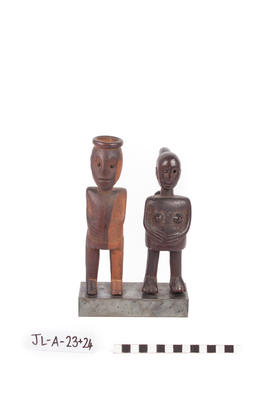
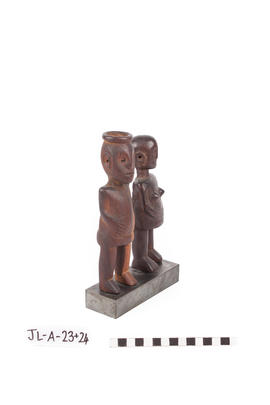
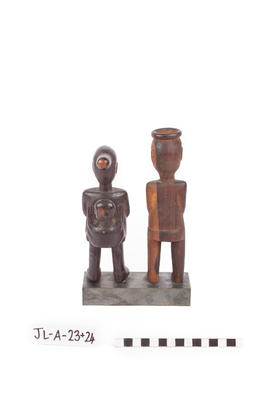
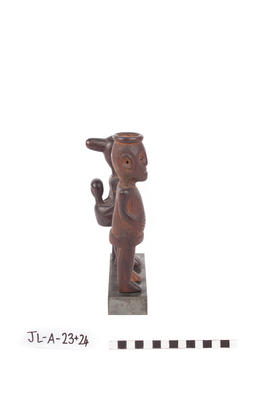

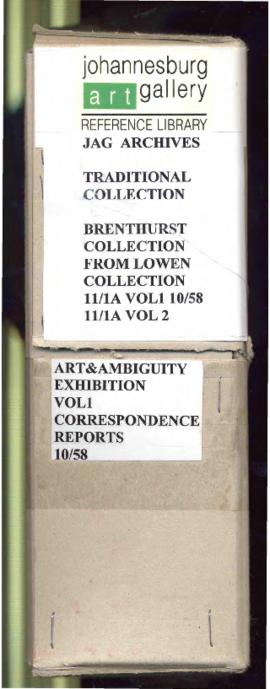
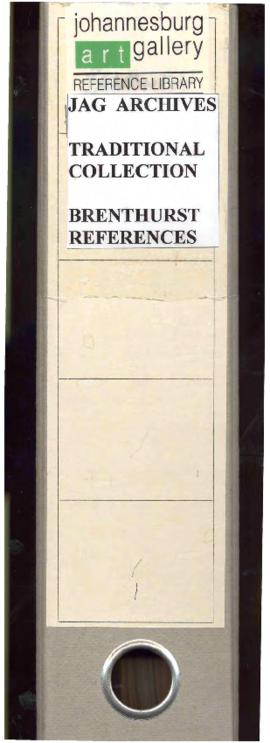
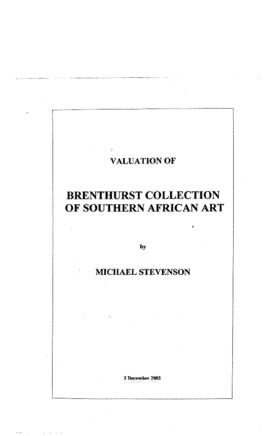
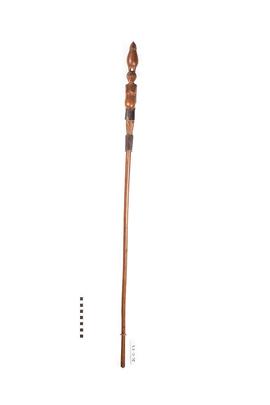
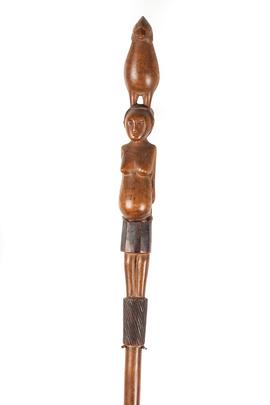
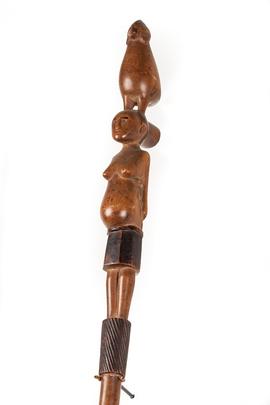

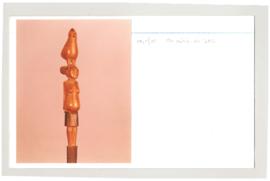
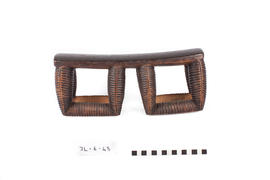
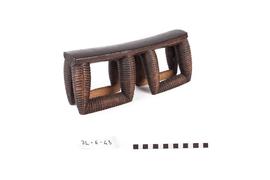
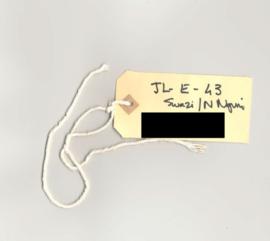

Material contributed by members of the public
Building an archive is a collective endeavour. Please help us grow the FHYA knowledge base.
If you want to add information to this page you can insert a hyperlink, add files and/or text to the box below.
In the case of material relevant to the FHYA as a whole please upload information HERE.
The FHYA does not vet this material but reserves the right to remove anything deemed to be racist, homophobic, sexist or otherwise offensive. Everything on the FHYA is licensed under a Creative Commons CC BY-NC-ND licence.
To make a contribution you must be a registered user. To register an account, click here. Note that after registration you will not be automatically redirected to this page.
If you have already registered but are not logged in, log in here.